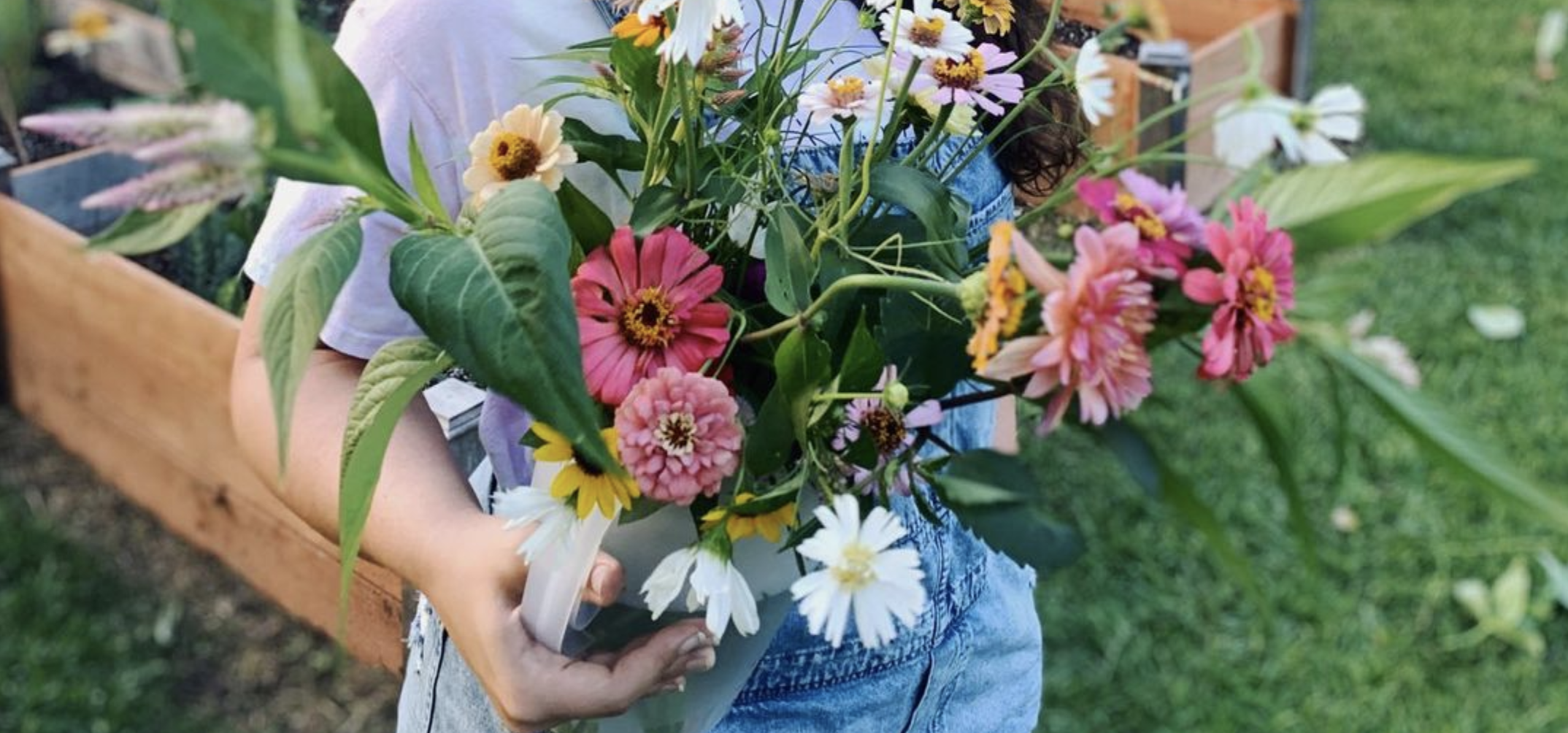A florist’s fresh tips for crafting an Easter-ready centerpiece
The root of the word “April” comes from the Latin Aprilis, meaning “to open”—a fitting title for a month associated with the blooming of spring buds, especially during Easter, when many of us will be setting our dining room tables with the brightly colored blooms. Mist & Mallow’s Jaclyn Williams, a gardener and florist, has, just like us, been looking forward to some of her finest perennials bursting into life during the next few weeks. But what should we be looking for to ensure that the spirit of the season finds its place at our dining table?
View this post on Instagram
“For the south Louisiana area, daffodils are the perfect example of a spring flower, since they’re some of the first ones to bloom,” says Williams. “A lot of gardeners in Louisiana think we can’t grow them because they’re associated with needing the cold and frost up north, but there are Gulf Coast varieties that do really well.”
Williams recommends bright and yellow beauties like the Golden Dawn, a tazetta-type daffodil variety (meaning that many flowers sprout from a single stem) with small, sunny, vanilla-scented blooms that fare well in southern gardens, including her own. Likewise, the larger Carlton variety will begin blooming a couple of weeks after the Golden Dawn, but will still be ready in time for Easter arrangements.
View this post on Instagram
“Tulips are also great, though you can’t really grow them down here. Same for the standard white Easter lily, which even in the Bible represents rebirth and hope, and is probably my favorite Easter flower, though they really only grow in California and Oregon,” says Williams. “Snapdragons will also look great as a centerpiece though, as well as foxglove and black-and-white anemones, which look like poppies.”
View this post on Instagram
Williams’ philosophy for arranging flowers is easy to adapt at home. One of her favorite tricks involves creating a grid with clear tape over a vase with a large top, which will direct the placement of stems and keep them from drooping. Chicken wire formed into a ball and dropped at the bottom of a vase can have a similar effect and cuts down on flower foam, which can pollute the environment. Other quick tips: cut stems at a diagonal before placing in water to ensure a maximum surface area for absorbing water, alternate heights of flowers in an arrangement, or even try placing just one or two blooms in smaller bud vases along the table for minimal, easy-to-create floral details.
“Don’t overthink it,” she says. “Flower arranging is supposed to be fun and pretty, not stressful.”
This story originally ran in an April 2022 edition of inRegister@Home. Subscribe here to get stories delivered straight to your inbox.












